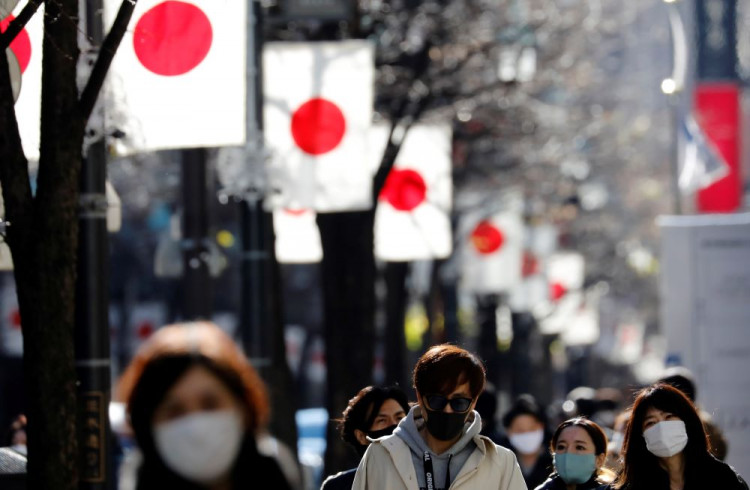Japan has been left reeling from a powerful 7.6 magnitude earthquake that struck Ishikawa Prefecture, causing significant disruptions, concerns over nuclear safety, and a series of aftershocks felt across the region. As of the morning of January 2, the country mourned 20 fatalities, with the Japan Meteorological Agency lifting all tsunami warnings but cautioning about continued seismic activity.
In the span from January 1 to the morning after, Japan experienced a staggering 129 aftershocks with intensities of 2 or higher, according to NHK News. Of these, three were powerful enough to be rated at an intensity of 5 on Japan's scale that goes up to 7. This seismic unrest has led to heightened vigilance across the region, with both South Korea and North Korea issuing tsunami warnings, although only minor tsunamis were reported on South Korea's east coast.
The earthquake triggered a panic due to an erroneous report of a level 7 earthquake by the Meteorological Agency, which was later revised to a level 3. The director of management, Takashi Kato, issued an apology and assured that the cause of the misinformation was under investigation. Despite the initial tsunami warnings, which anticipated waves as high as 5 meters, the highest recorded in Ishikawa Prefecture's Wajima coast was approximately 1.2 meters.
The quake's aftermath has been devastating, particularly in Wajima, where fires ravaged nearly 200 buildings, including residential shops, in the famous tourist streets predominantly lined with wooden houses. Japan's Self-Defense Force members, numbering 1,000, have been dispatched to the Noto Peninsula to aid in rescue efforts, facing challenges from damaged infrastructure and collapsed dwellings.
Transportation across Japan has been significantly impacted, with the East Japan Railway Company suspending operations on some Hokuriku and Joetsu Shinkansen lines. Additionally, nine flights connecting major cities to the affected regions were canceled, and highways in the quake-stricken areas remain closed.
Amidst the chaos and recovery efforts, concerns over nuclear safety have surfaced. The Fukushima incident's shadow looms large, prompting rigorous inspections and monitoring of the country's nuclear facilities. The Japanese government and the International Atomic Energy Agency have confirmed no abnormalities at the affected nuclear power stations. However, Tokyo Electric Power Company reported that the quake caused water from the spent fuel pools at Kashiwazaki-Kariwa and Shika nuclear power stations in Niigata and Ishikawa Prefectures to spill. Fortunately, the spills were contained within the buildings, and no external leakage occurred. These incidents highlight the ongoing challenge of ensuring nuclear safety in a seismically active region.
As Japan grapples with the immediate aftermath of this natural disaster, the Japan Meteorological Agency warns of the potential for earthquakes of up to a maximum intensity of around 7 in the coming days, particularly in areas that have already experienced strong seismic sensations. This stark reminder of nature's unpredictable force has left the nation on high alert, with communities bracing for potential aftershocks and assessing the broader implications for nuclear safety and disaster preparedness.
In the wake of this calamity, Japan's resilience is once again put to the test. As the country mobilizes its resources for recovery and safety assessments, the world watches with concern and solidarity, hoping for a swift and safe resolution to the ongoing challenges posed by this seismic event.






